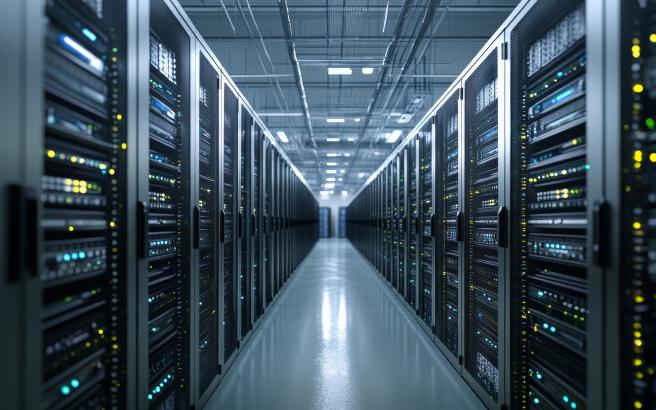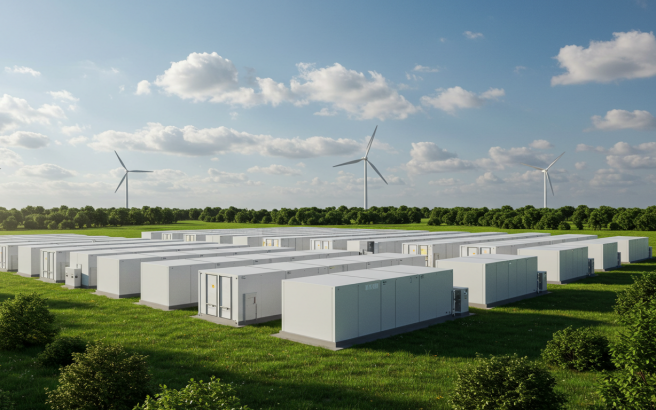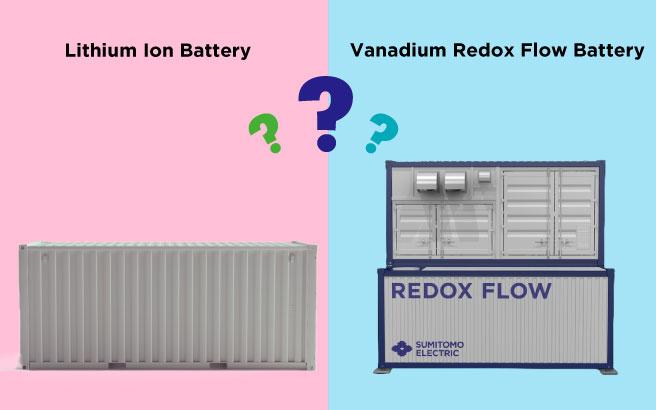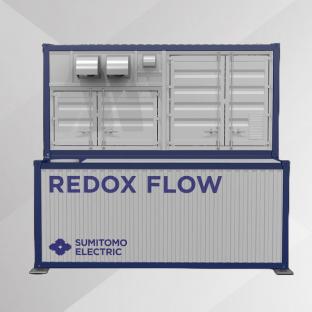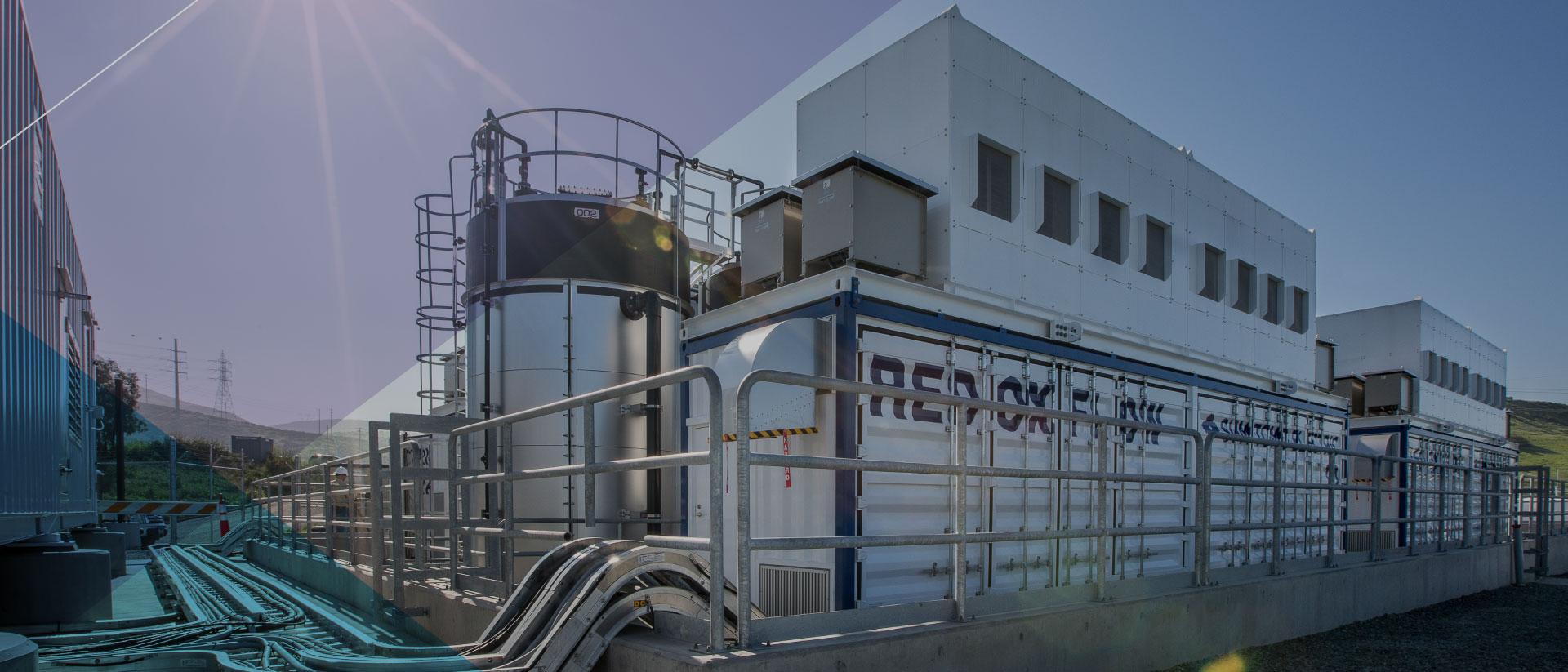
Featured Stories
Why Energy Storage is No Longer Optional – Strategic Thinking for U.S. Energy Leaders
With electricity demand from AI-driven data centers and electrification across industries soaring, North America is entering a new era of energy intensity. This shift is forcing energy leaders to diversify supply and prioritize energy storage solutions — not as optional enhancements, but as foundational infrastructure. Among these, Redox Flow Batteries offer long-duration, safe, and proven performance in extreme environments.

◇ AI and Data Centers Are Reshaping Electricity Demand
According to the International Energy Agency, electricity demand from AI-related data centers is projected to more than double globally by 2030. The United States is at the center of this growth, driven by AI adoption and expanding digital services. AI-focused facilities can consume as much power as aluminum smelters, yet they are highly concentrated — with nearly 50% of U.S. data center capacity clustered in just five regions. IEA warns that up to 20% of upcoming U.S. data center projects face potential delays due to grid congestion and transmission bottlenecks.
◇ An "All-of-the-Above" Strategy for Power Supply
The IEA’s Global Energy Review 2025 highlights how this surge in demand will be met by a diverse mix: renewables (38%), natural gas (28%), coal (15%), oil (11%), and nuclear (8%). As S&P Global notes, energy giants and Big Tech alike are turning to an “all-of-the-above” strategy to secure power, investing in all viable supply options. In parallel, energy storage is emerging as a core pillar of new capacity additions. In fact, by 2025, 31.2 GW of new energy storage capacity is expected to come online in the U.S., making it the second fastest-growing segment after solar. In Texas (ERCOT), storage now ranks alongside solar as a primary capacity resource, while in California (CAISO), batteries are set to become the largest single source of new generation.
◇ Energy Storage: From Backup to Backbone
This unprecedented surge in electricity demand — driven by transport electrification, AI, and industrial automation — calls for more than just a diverse set of generation sources. It demands flexible, fast-responding energy storage solutions that can adapt to rapidly shifting grid dynamics. Energy storage is no longer simply a backup — it has become the backbone of modern power systems.
Long-duration storage plays a critical role in this new energy landscape. It smooths out the fluctuations of renewable generation, eases congestion on overloaded transmission lines, and ensures a stable power supply during evening peaks and extreme weather events.
To meet these challenges head-on, energy professionals must place storage at the center of their grid planning, resource procurement, and infrastructure investment strategies.
◇ Why Redox Flow Batteries Make a Strategic Difference
Our Redox Flow Battery systems are purpose-built to meet these challenges. With proven operational success across North America and beyond, our systems offer:
- Safe, non-flammable, and thermally stable chemistry
- True long-duration discharge capability (4–12+ hours)
- High performance in both cold and hot climates
- Flexible scalability from microgrids to utility scale
In a power sector racing toward decarbonization, digitalization, and decentralization, Redox Flow Batteries are positioned as a strategic asset — empowering grid resilience, enabling reliable integration of renewables, and securing energy availability for critical loads like data centers and industrial campuses.
References:
IEA. Energy Supply for AI. (2025) Retrieved from https://iea.blob.core.windows.net/assets/34eac603-ecf1-464f-b813-2ecceb8f81c2/EnergyandAI.pdf
IEA. Global Energy Review 2025. (2025) Retrieved from https://www.iea.org/reports/global-energy-review-2025/global-trends
S&P Global. Webinar - Electrification Drives Dealmaking. (2025) Retrieved from https://www.spglobal.com/market-intelligence/en/events/webinars/electrification-drives-dealmaking-a-review-of-year-to-date-power-plant-transactions
Follow us on LinkedIn!
If you enjoyed this Feature Story, be sure to follow Sumitomo Electric U.S.A on LinkedIn. We share updates there whenever new stories are published. (Note: Sumitomo Electric Group also has a global LinkedIn account for corporate updates.)
